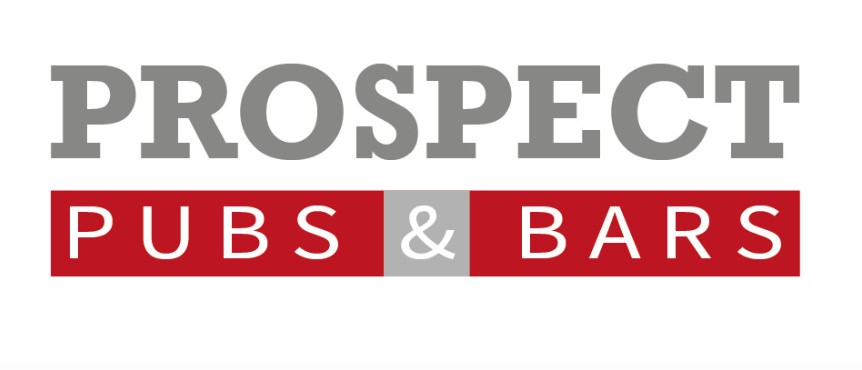You would think something as second nature to people as communication would be easy to manage in the workplace. After all, there are so many more pressing problems that need to be dealt with. Maybe one of your servers just called in sick last minute, your delivery of stock containing all the ingredients for tonight’s specials never showed up or the plumbing is acting up again.
Communication is the key to facilitating productive relationships between managers and employees. The problems mentioned above all have a quick, albeit annoying, fix. However poor communication will only exacerbate these problems, leading to increased turnover and lower employee and customer satisfaction. To understand how communication drives productivity and results, you have to develop a familiarity with the risks of poor communication.
The dangers of poor manager communication
Poor communication equals poor service. Those who work in a restaurant can attest to the sudden and unpredictable stress that comes with a surge in patronage. There are many working parts between the kitchen and server, and everything needs to be working seamlessly to ensure customer satisfaction. Your bartender forgetting to make a drink for one of your tables or your server bringing a plate to the wrong table is all it takes to throw off the rhythm of your staff.
At times, it’s a civil war between your front-of-house and back-of-house teams. Poor communication can always broil down to an argument behind closed doors, but sometimes you aren’t always that lucky. Should one of these altercations be noticed by a customer, you run the risk of receiving poor reviews, a damaged reputation, or worse yet, having an employee quit on the spot.
Good communication is not just a measure of how your staff work with each other, but also how you work with your staff. The following are habits to avoid at all costs when communicating with your staff:
- Yelling at underperforming staff (especially in front of customers). In fact, any form of yelling should be at the top of your “do not do” list.
- Keeping your staff in the dark about upper management decisions. An informed staff is an efficient staff. Keeping them up to date with new objectives and areas that can be improved will be key in levelling up your restaurant.
- Not putting in any floor time. The best way to manage is to do so with your own eyes. Observing how your staff communicates with each other and with your customers is crucial to locating what your staff is doing right, and what your staff is doing wrong.
Simple steps to improve restaurant management communication
- Pre shift meetings
One point to note before I start….These should be fun!
It’s time to bust out that clipboard and write a checklist. The pre-shift meeting is a valuable management tool that lets you get your staff ready for the coming shift. Keep these short and sweet; 10 minutes tops. You don’t want to lull your staff into a tedious meeting right before a long shift. Instead, you should hit all on the following points:
- Any promotions you have running
- Any changes in policy, or remind them of especially pertinent policies
- Featured items for the day
- Take questions
As a manager, this is your time to shine. This is when you can transition from a boss to a coach by keeping your staff informed and encouraged. While you do want to be in the driver seat for these meetings, you don’t want to do all the talking. It’s imperative to give your staff a voice so that they can bring any issues to your attention. Sadly enough, 70% of employees are not engaged at work. This stems from management not taking time out of their day to facilitate discussion and promote task engagement.
- Positive Reinforcement/Recognition
Sometimes you just need to say “thanks”
Everyone seeks approval. It’s something that has been hardwired into our heads since infancy. One of the most common mistakes a restaurant manager can make is perpetuating the belief that positive reinforcement is best received as a tangible gift. WRONG. Not only are the best kinds of positive reinforcement more effective, they’re also free. In fact, positive reinforcement and feedback are proven to stimulate the same neural pathways in your brain that cash stimulates.
A simple “thank you” or pat on the back has proven to lead to:
- Increased levels of productivity
- Increased sales
- Employee loyalty
- Improved workplace morale
From a psychological standpoint, positive behaviour is a learned trait. Exercising positive reinforcement allows your staff to identify when they’re doing something right. Over time, these habits become second nature as the person begins to associate that action with the feeling of being emotionally rewarded.
- Open Door Policy
Making sure you are always available
A simple solution to a common communication problem. Keeping the door to your office closed relays the message that you don’t want to be disturbed. It’s just like body language. Keeping your door shut is the equivalent of crossing your arms and throwing on headphones while speaking to someone. You could be missing out on valuable feedback from your staff and new opportunities to connect with your employees in a time of need.
Keeping your door closed creates a barrier between a manager and his/her subordinates, and can convey disinterest, secretive behaviour, and untrustworthiness. Keeping that door open is proven to lead to closer working relationships, increased accessibility, and greater quality of communication. In fact, open door policies are the fastest way to access information. Studies show closed doors will inhibit serious and even urgent situations from being brought to the manager’s attention.










